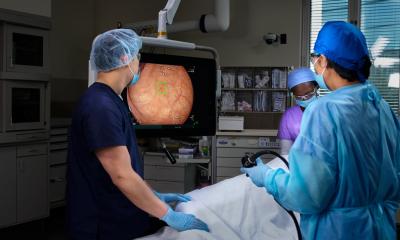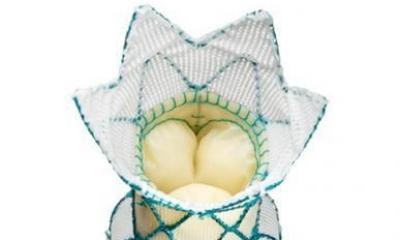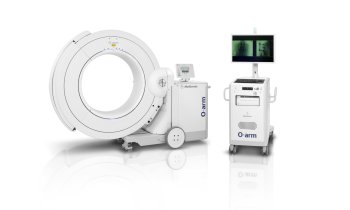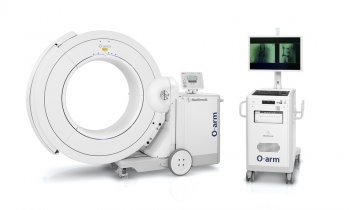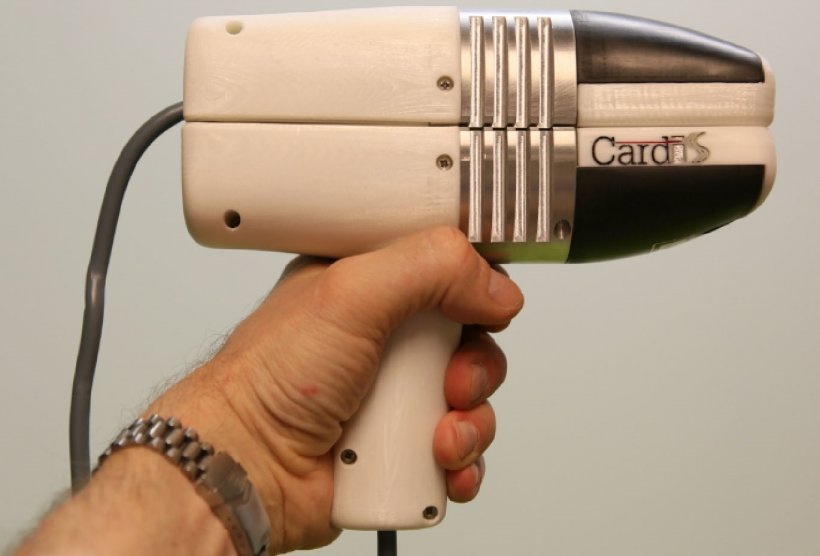
Source: Imec
News • Silicon photonics
New device for screening arterial stiffness and diagnosing CVD
Researchers have developed a prototype medical device based on silicon photonics for the screening of arterial stiffness and for the diagnosis of cardiovascular diseases such as arterial stenosis and heart failure.
This is a cooperation between imec, the world-leading research and innovation hub in nanoelectronics and digital technology and Ghent University, together with Medtronic and other CARDIS project partners. A clinical feasibility study with 100 patients has been successfully completed by INSERM at the Georges Pompidou European Hospital in Paris, France. Cardiovascular disease (CVD) is among the leading causes of death globally. Early identification of individuals at risk allows for early intervention to halt or reverse the pathological process. Assessment of arterial stiffness by measurement of aortic pulse wave velocity (aPWV) is included in the latest guidelines for CVD risk prediction and it is a key marker for hypertension. However, no tools are available today to easily screen a large number of patients for arterial stiffness at a GP’s office. As a consequence, many individuals remain undiagnosed.
Recommended article

News • Cardiovascular diseases and nutrition
CVD: Every second to third premature death preventable
Of the 4.3 million cardiovascular deaths in Europe in 2016, 2.1 million were the result of poor nutrition. The 28 EU member states account for around 900,000, Russia for 600,000 and the Ukraine for 250,000 of these deaths. Every second to third premature cardiovascular death could be prevented by better nutrition. These were the findings of an international research team led by the Martin Luther…
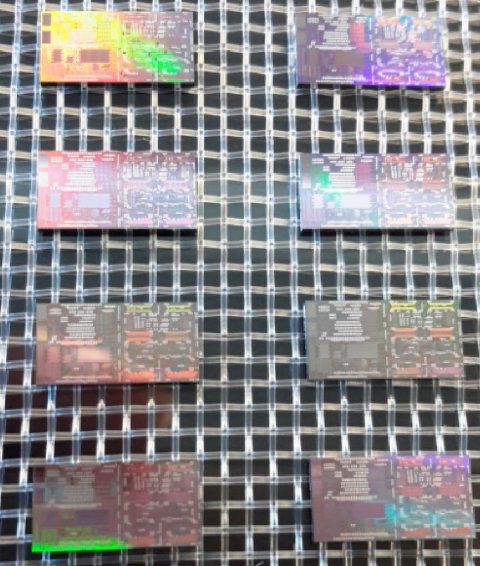
In the Horizon 2020 project CARDIS, imec, Medtronic, and 7 other partners, have developed a prototype mobile, low-cost, point-of-care screening device for CVD. The device aims for measurement in a fast, reproducible and reliable way with minimal physical contact with the patient and minimal skills from the operator. The operating principle of the device is Laser Doppler Vibrometry (LDV), in which a very low-power laser is directed towards the skin overlying an artery. The skin’s vibration amplitude and frequency, resulting from the heart beat, are extracted from the Doppler shift of the reflected beam. The device includes two rows of six beams, thereby scanning multiple points on the skin above the artery in parallel.
At the heart of the system is a silicon photonics chip containing the optical functionality of the multi-beam LDV device. The CARDIS chip was designed by the Photonics Research Group, an imec laboratory at Ghent University, and prototyped through imec’s silicon photonics technology platform iSiPP50G, and has been implemented using advanced optical packaging approaches developed at the Tyndall National Institute in Ireland. The system has then been integrated into a handheld device and validated for human use by Medtronic.
A clinical feasibility study at the Georges Pompidou European Hospital in Paris has collected a substantial clinical dataset, both from healthy subjects as well as from patients with cardiovascular conditions. The quality of the device readings was found to be very good and adequate measurement results could be obtained in all subjects. Also, the measurement data and variability within sessions were in line with data and variability acquired by reference techniques. A full dataset is now available and in-depth analysis will be performed both at INSERM and at the biomedical engineering department of Ghent University with the support of Medtronic. Moreover, further clinical feasibility studies are planned in the Academic Hospital of Maastricht (The Netherlands). “The CARDIS device was well accepted by all patients, and it was considered useful and well tolerated,” states Dr. Pierre Boutouyrie, the cardiologist in charge of the feasibility study. “Feasibility of signal acquisition is excellent since a useful signal was acquired in 100% of the patients. Tolerance was excellent too, the time to get useful signals was less than 10 min, and patients barely noticed that a measurement was performed.”
15.01.2019
- cardiovascular diseases (730)
- diagnostics (564)
- equipment (474)
- medical technology (1544)
- screening (214)
- studies (1062)



